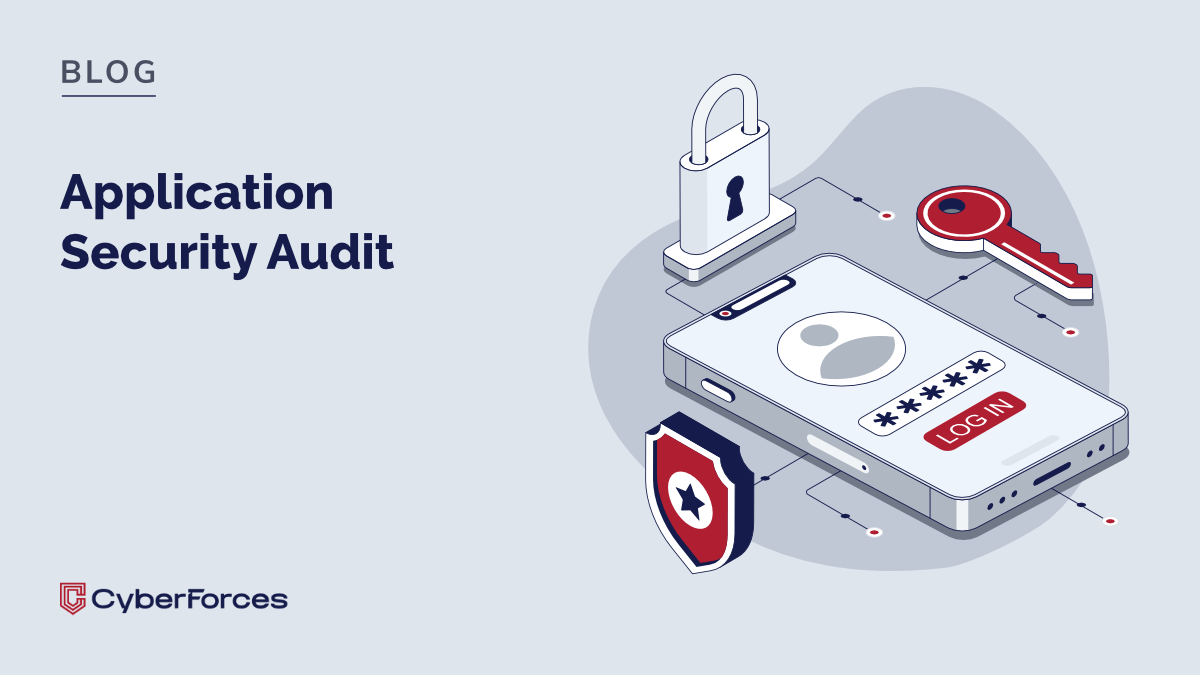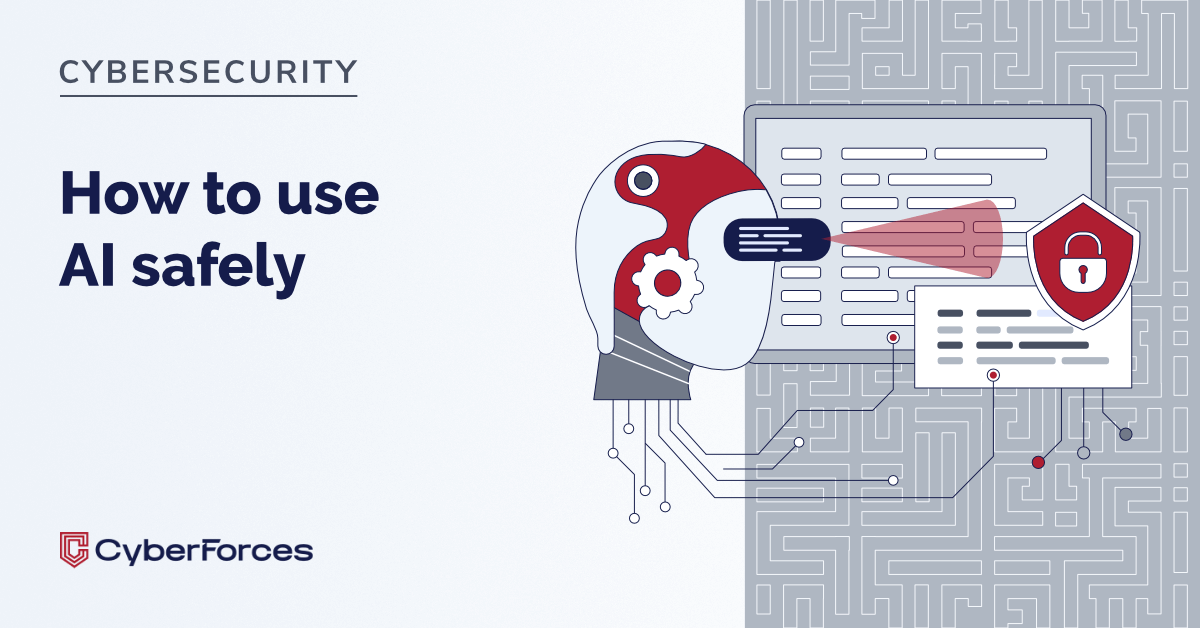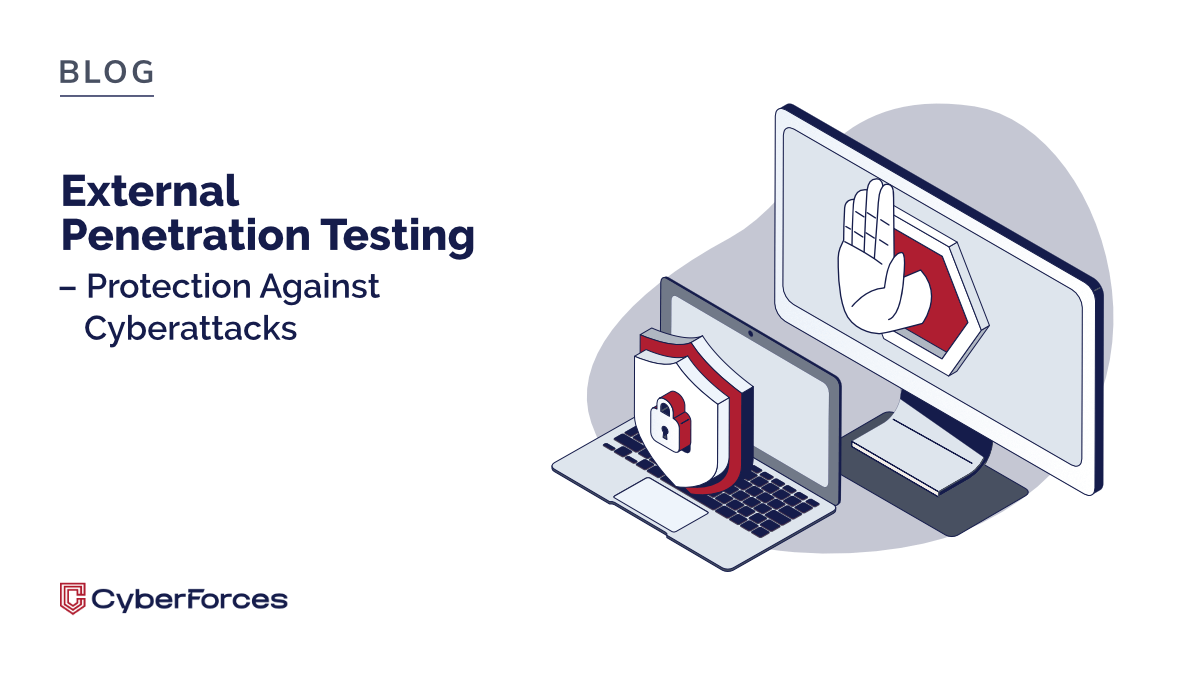Web and mobile applications have become the backbone of business operations in nearly every industry. They process personal data, handle payments, support logistics processes, and facilitate communication with clients. However, they are also attractive targets for cybercriminals. Even a small vulnerability can lead to significant losses. An application security audit helps identify these weaknesses before they can be exploited by attackers.
In this article, you’ll learn:
- What an application security audit is and when it should be conducted
- The most common threats in web and mobile applications
- How an audit differs from penetration testing and what the report looks like
- How audits help meet regulatory requirements such as GDPR and NIS2
Table of Contents:
- What is an application security audit and when is it needed?
- The stages of an application audit – how does the process work?
- The most common vulnerabilities found during an audit
- Application audit vs penetration testing – similarities and differences
- Audits and compliance with GDPR, ISO 27001, NIS2
- What does an application audit report include?
- FAQ – frequently asked questions
What is an Application Security Audit and When is it Needed?
An application security audit is a detailed analysis aimed at identifying vulnerabilities, configuration errors, and issues in the application’s logic. It includes both technical aspects (e.g., code, infrastructure, protocols) and procedural elements (e.g., authentication methods, session management).
It’s advisable to conduct an audit when:
- A new application is being deployed or a major update is being implemented
- The organization is preparing for certification (e.g., ISO 27001)
- There is suspicion of an incident
- The application processes personal, financial, or strategic data
The Stages of an Application Security Audit – How Does the Process Work?
A professional application security audit is carried out in several stages:
1. Requirements and Architecture Analysis
At this stage, auditors gather information about the application, its business purpose, technology stack, external integrations, and user model. The analysis covers:
- Application architecture (monolithic, microservices, serverless)
- Authorization and authentication methods
- Availability of the application (public or restricted)
- Technology stack (e.g., Node.js, React, Spring, .NET, Laravel)
- Integrations with external APIs or systems (e.g., payments, CRM)
The goal is to tailor the scope of testing to the application’s specifics.
2. Manual and Automated Testing
Next, an active vulnerability analysis is conducted. Depending on the access model, the following tests are used:
- Black-box: External testing with no knowledge of the internal system structure, simulating an attacker.
- Grey-box: Testing with partial access (e.g., as a user with limited privileges).
- White-box: Full access to the application, code, and documentation (most detailed tests).
Tools such as:
- Automated scanners (e.g., Burp Suite, ZAP, Acunetix)
- HTTP request manipulation, data injection, and OWASP Top 10 vulnerabilities are used.
Auditors manually verify the vulnerabilities and assess their impact on the application’s security.
3. Source Code Review (Secure Code Review)
If the company provides source code, a detailed review is conducted. Auditors check for:
- Presence of dangerous functions (e.g., eval, exec, dynamic SQL)
- Lack of input validation
- Session and cookie management
- Use of dependencies and libraries that may contain known vulnerabilities
Secure code reviews help identify errors not detected by interface-level tests.
4. Access and Configuration Verification
This stage involves testing for security misconfigurations, such as errors in environmental settings, permissions, roles, and resources. Areas under analysis include:
- Logging and session management mechanisms (e.g., timeouts, two-factor authentication)
- Role-based access control (RBAC), attribute-based access control (ABAC)
- Password policies and storage practices
- Server configurations, security headers, and HTTP Strict Transport Security (HSTS)
- API endpoint security (e.g., HTTP method restrictions, brute-force protection)
5. Final Report and Recommendations
Finally, a technical and managerial report is prepared, including:
- Detailed descriptions of identified vulnerabilities (with risk level classification)
- Attack vectors and evidence (e.g., screenshots, logs, payloads)
- Recommendations for fixing and securing the application
- Classification according to CVSS or OWASP standards
- Summary of business risks in a format understandable to management
The report may also serve as evidence of preventive actions during audits for compliance with ISO 27001, GDPR, NIS2, or DORA.
The Most Common Vulnerabilities Found During an Audit
During audits, vulnerabilities from the OWASP Top 10 are frequently found, such as:
- Broken Access Control: Users can access resources they shouldn’t have permission to.
- Injection (e.g., SQLi): Unauthorized queries can be made to the database.
- Insecure Authentication: Lack of login and password protection, e.g., no login attempt limits.
- Security Misconfiguration: Default server settings, lack of encryption, overly broad permissions.
- Exposed APIs: Poorly secured interfaces that allow data takeover or unauthorized operations.
Application Security Audit vs Penetration Testing – Similarities and Differences
Although these terms are often used interchangeably, audits and penetration tests differ in scope and purpose:
| Criterion | Application Security Audit | Penetration Testing |
| Scope | Detailed analysis of logic, code, configuration | Simulated attack from the perspective of an external attacker |
| Method | Manual, semi-automatic, documentation-based | Exploiting vulnerabilities |
| Goal | Identify design errors and compliance with standards | Test what can be gained through an attack |
In practice, both approaches complement each other and should be used alternately.
Security audits and Compliance with GDPR, ISO 27001, NIS2
An application security audit is a critical element of proving compliance with regulations:
- GDPR – Article 32 mandates appropriate technical and organizational measures.
- ISO 27001 – Control A.12.6.1 requires vulnerability management.
- NIS2 and DORA – Require active testing and documented resilience for critical applications.
What Does an Application Audit Report Include?
A good audit report goes beyond just listing vulnerabilities. It should contain:
- Threat descriptions with priorities (e.g., based on CVSS)
- Technical and organizational recommendations
- Risk assessments for individual components
- Information for IT departments, management, and compliance teams
This enables the organization to fix errors and manage risks more effectively.
FAQ – Frequently Asked Questions
Is an application audit mandatory?
Not always, but in many industries (e.g., finance), it’s required by regulations or clients.
How long does an application security audit take?
Typically, 5 to 15 working days, depending on the application’s complexity and source code access.
Is access to the source code necessary?
Not always, but code analysis significantly improves the audit’s effectiveness.
Does the audit disrupt application functionality?
No, tests are performed safely, usually on a test environment.
What’s the difference between an audit and an API security test?
An audit covers the entire application, while an API test focuses solely on the communication interfaces.
Conclusion
An application security audit is a crucial step in ensuring business continuity, regulatory compliance, and customer trust. In the dynamic digital world, it’s not a matter of if someone will attempt to attack your application, but when – and whether you’ll be prepared.
Want to check your application’s security?
Get a free consultation with the Cyberforces team! Contact us!






